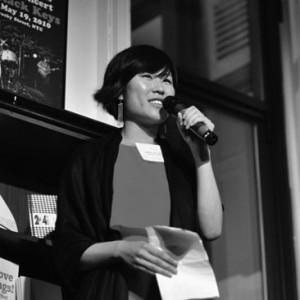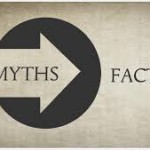Five Myths of Talking About Race With Your Child
PAASSC is excited to highlight the work at RIISE and include a re-post of their work featuring the work of Border Crossers.
 I get a lot of mixed feedback when I say that adults need to learn to speak openly about race with young children. They are afraid of spoiling their childhood or crushing their natural curiosities. However, when we look at the root causes of racial inequity in this country, we see that they grow out of the lessons we learn in our earliest years. In fact, honest conversations about race have a positive impact on children, honoring their observations and lived experiences, and better preparing them to recognize and undo social injustice in their lives. Then, why don’t we do it more?
I get a lot of mixed feedback when I say that adults need to learn to speak openly about race with young children. They are afraid of spoiling their childhood or crushing their natural curiosities. However, when we look at the root causes of racial inequity in this country, we see that they grow out of the lessons we learn in our earliest years. In fact, honest conversations about race have a positive impact on children, honoring their observations and lived experiences, and better preparing them to recognize and undo social injustice in their lives. Then, why don’t we do it more?
The truth is that most of us adults have incomplete and competing ideas about the role of race in our own lives. Young children’s comments often illuminate the uncomfortable gap between our good intentions and the thorny truths of the world.
In my experience over the past two years facilitating Border Crossers‘ ”Talking About Race With K-5″ workshops and seminars, I have had the opportunity to share struggles, dissect scenarios, analyze the institutions around us, and offer support in developing and implementing concrete tools and strategies with over 400 educators, activists and parents. I have learned a tremendous amount from each of them.
Over and over, I hear the same excuses for why adults don’t have conversations about race with children. In this article, I dissect five common myths of talking about race with children and offer a few simple sentence starters that help reframe the approach.
1. “Children don’t see race.”
Research shows us that children do, in fact, see race. They are never “colorblind.” One study revealed that infants recognize racial differences between three and six months of age. Dr. Phyllis Katz’s research (as cited in “See Baby Discriminate” ) shows that by three years white children exhibit an overwhelming preference for same-race friends. By age five, 68% of children sort decks of cards of people’s faces by race over any other indicator. The infamous doll test originally performed by Kenneth and Mamie Clark and repeated most recently by CNN’s Anderson Cooper 360 shows that pre-k and kindergarten-aged children express racial biases that remain with them through adulthood.
To be clear, the purpose of this research is not to figure out if your child is a racist or not. The intention is to debunk the colorblind myth and frame an approach to interrupting these troubling patterns.
Here’s something you can try:
Instead of saying, “We are all the same.”
Try making connections saying, “Race is one of the beautiful things that makes us different, but I know that the color of our skin does not mean someone is ‘good’ or ‘bad’ or ‘nice’ or ‘mean.’”
2. “Talking about race creates racist thinking.”
Our country still has a race problem that permeates our culture (resource), plagues our institutions (resource), and affects individuals (resource). We know that children absorb these messages without our help. Not talking about race actually allows stereotypes and generalizations to go unchecked.
Here’s something you can try if a child brings up a comment about race:
Instead of saying, “Race isn’t something we talk about.”
Try getting more information by asking, “That’s a good comment. What makes you say that? This is something that I’m interested in talking about with you.”
3. “Exposure to diversity is enough.”
Dr. Birgitte Vittrup performed a study with 100 families in Texas (also in “See Baby Discriminate” ) that found that mere exposure to peers of other races or reading multicultural books is not enough to counter the development of bias in children;

 Previous Post
Previous Post Next Post
Next Post





Hey there PAASSC! Gong Xi Fa Cai!
Thank you for the re-post of an article that has received much commentary – RACE still matters, in beautiful ways! Let’s celebrate it! I applaud and recognize the value of the vision and support PAASSC. We will share your site with families of color bridging the gaps at private independent schools.
Thank you for such a great article. It was forwarded to me through another group of parents and continues to spark great conversations.